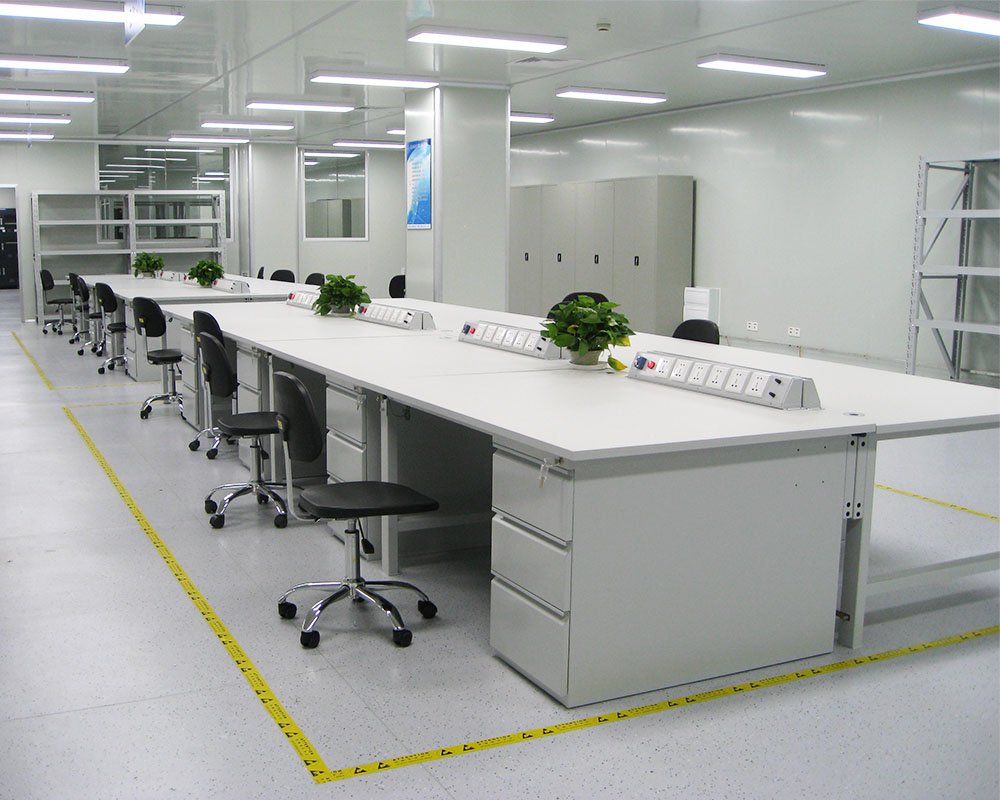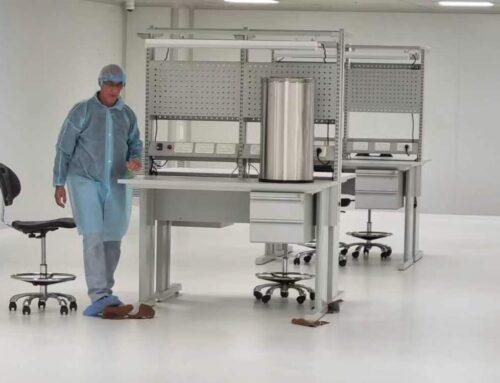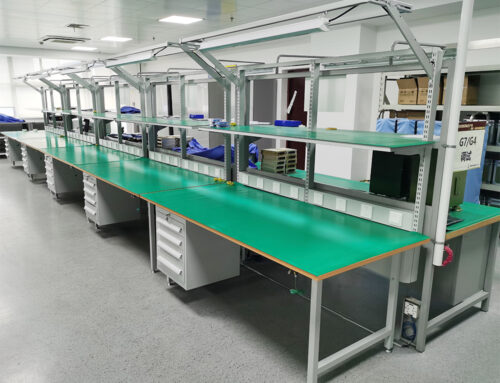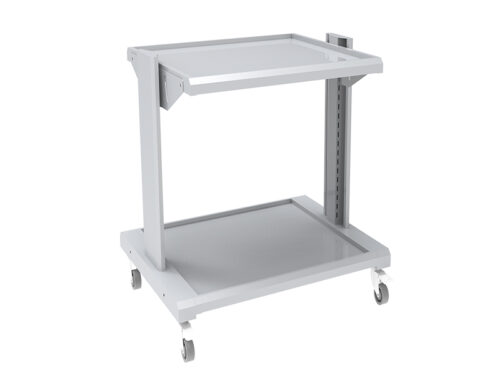Static electricity is an important issue in the electronics manufacturing process because it can cause damage to electronics and components. On the workbench, static electricity can cause the following hazards to electronics and components:
- Damage parts: Static electricity can cause charge buildup on the surface of electronics and parts, leading to equipment failure and damage.
- Affect product quality: Electrostatic discharge may cause unstable quality of electronic products and parts, thus affecting product quality.
- Injure staff: Electrostatic discharge may cause injury to staff, such as eye, skin and respiratory system damage.
The following are some measures to prevent static electricity hazards:
- Use anti-static workbench: Anti-static workbench can protect electronic products and parts from static electricity by dispersing static charges to the earth.
- Maintain proper humidity: Maintaining proper humidity can reduce the effects of electrostatic discharge. Typically, between 40% and 60% is recommended.
- Use ESD protective equipment: Using ESD protective equipment, such as anti-static gloves, ESD floor mats, and anti-static shoes, can reduce the effects of electrostatic discharge.
- Use ESD safety tools: Using ESD safety tools, such as ESD safety vacuum cleaners, ESD safety brushes, etc., can reduce the impact of electrostatic discharge.
- Adhere to the correct operation: Staff should adhere to the correct operation, such as the correct use of electrostatic protective equipment and ESD safety tools, and the correct handling of electronic products and parts, so as to reduce the impact of electrostatic discharge.
In short, static electricity on the workbench may cause damage to electronic products and parts, so precautions must be taken to reduce this effect. Using anti-static workstations, maintaining proper humidity, using ESD protective equipment, using ESD safety tools and adhering to proper handling practices are all effective ways to prevent static hazards.





Leave A Comment